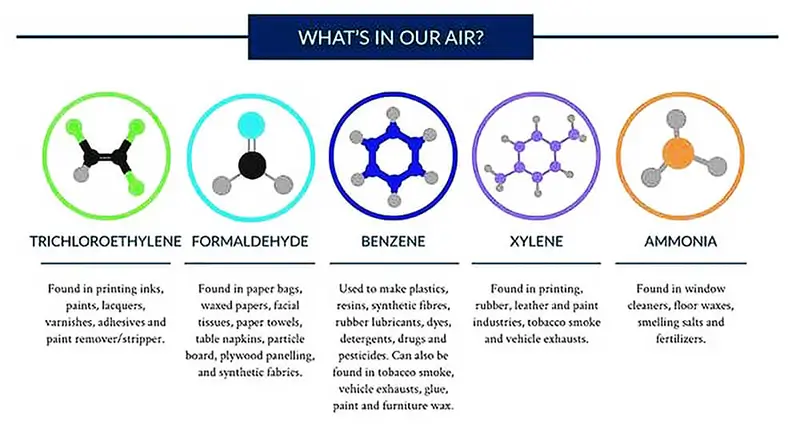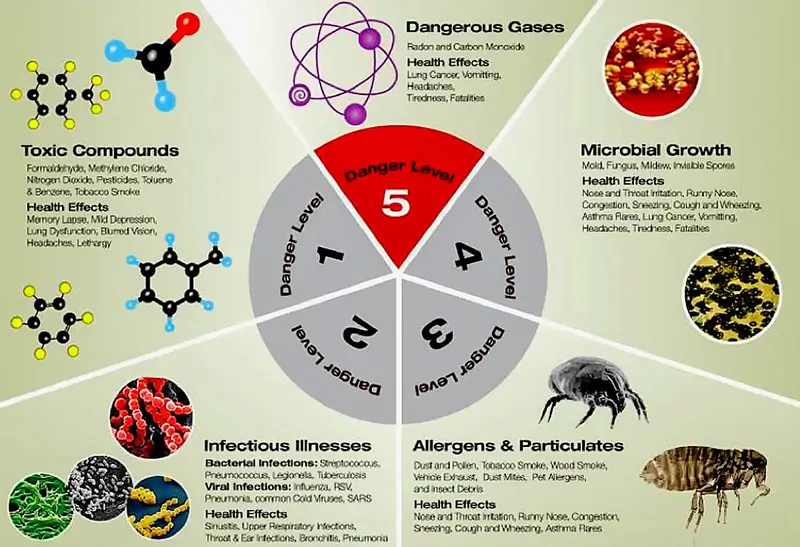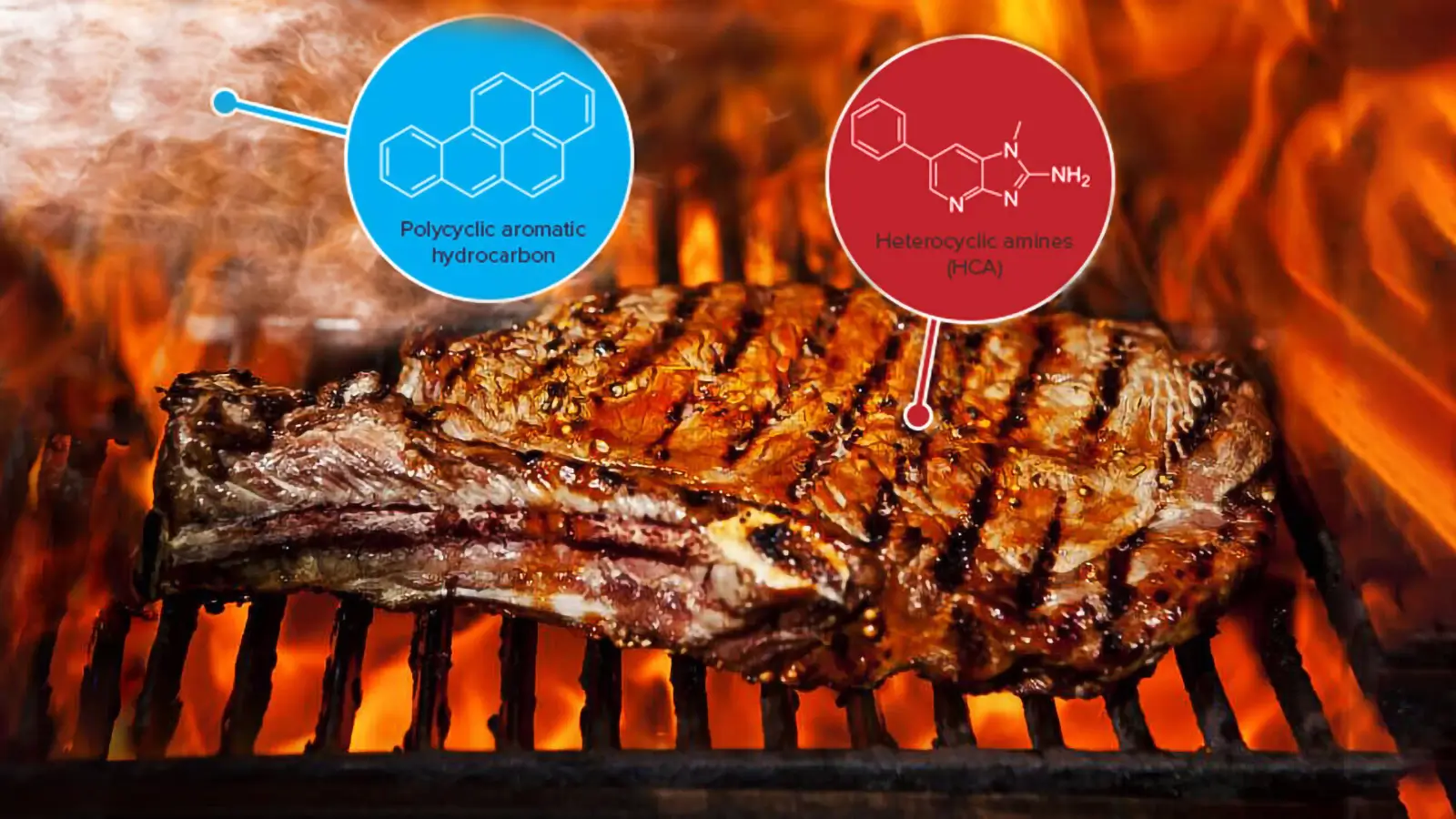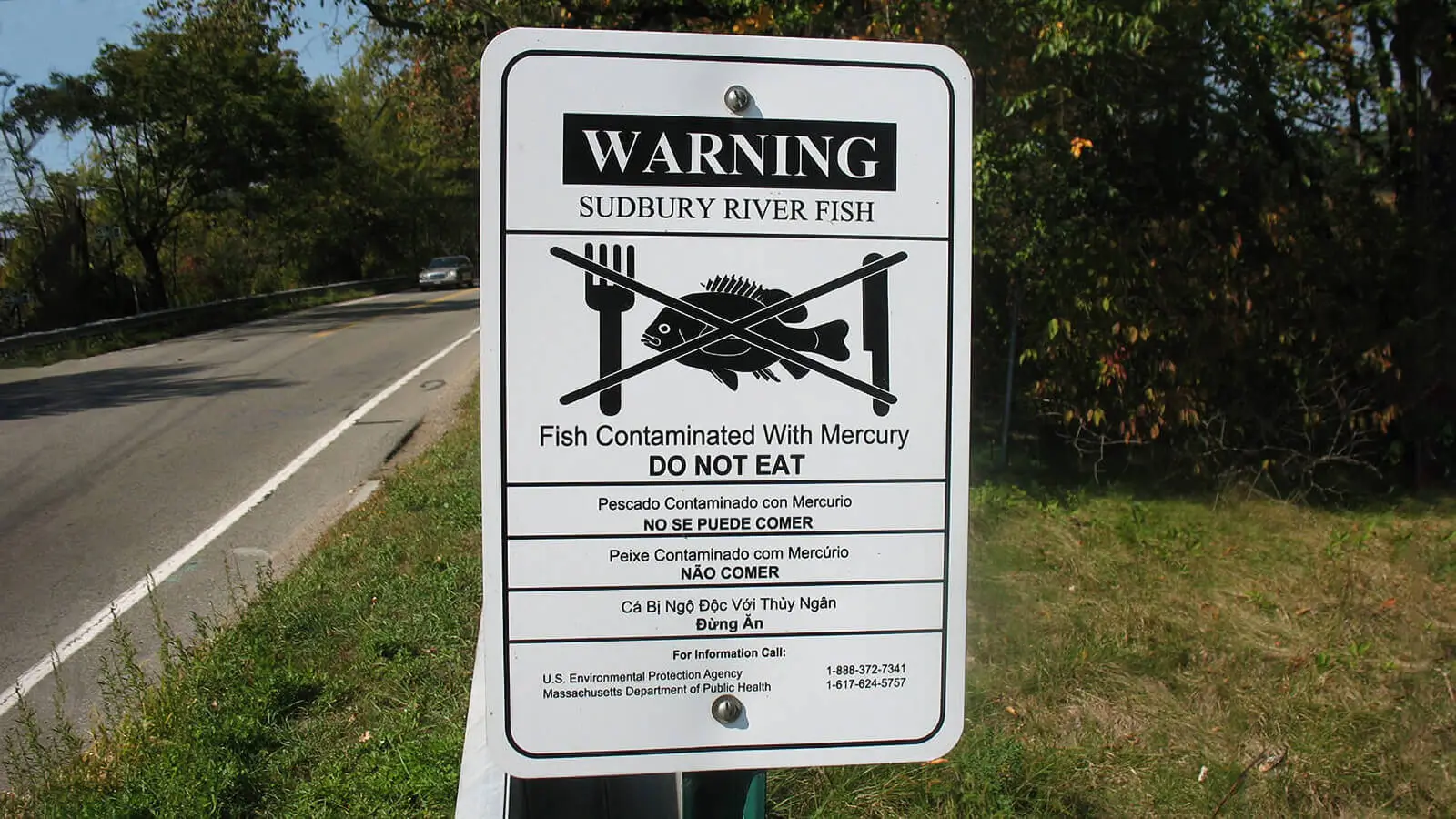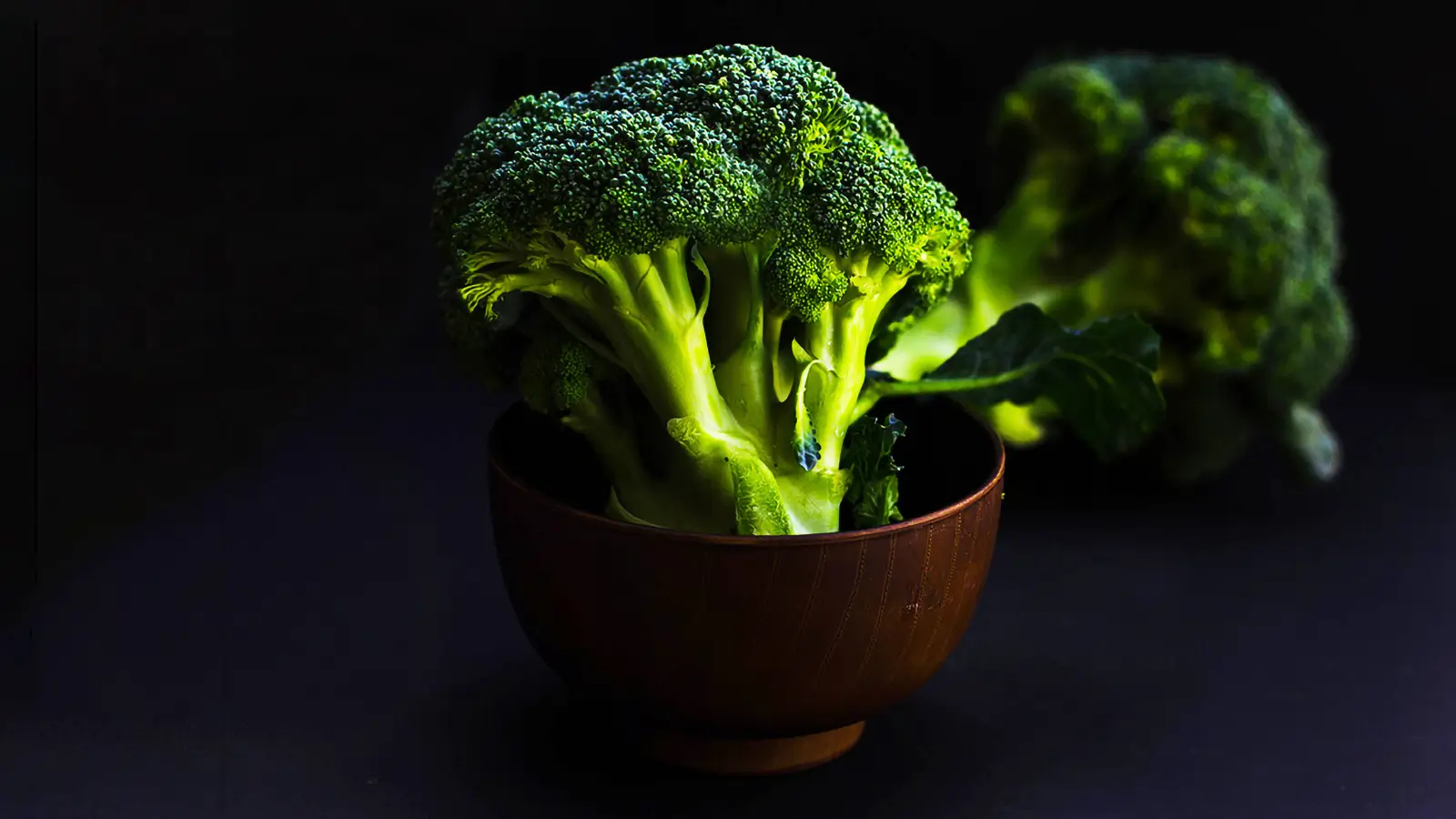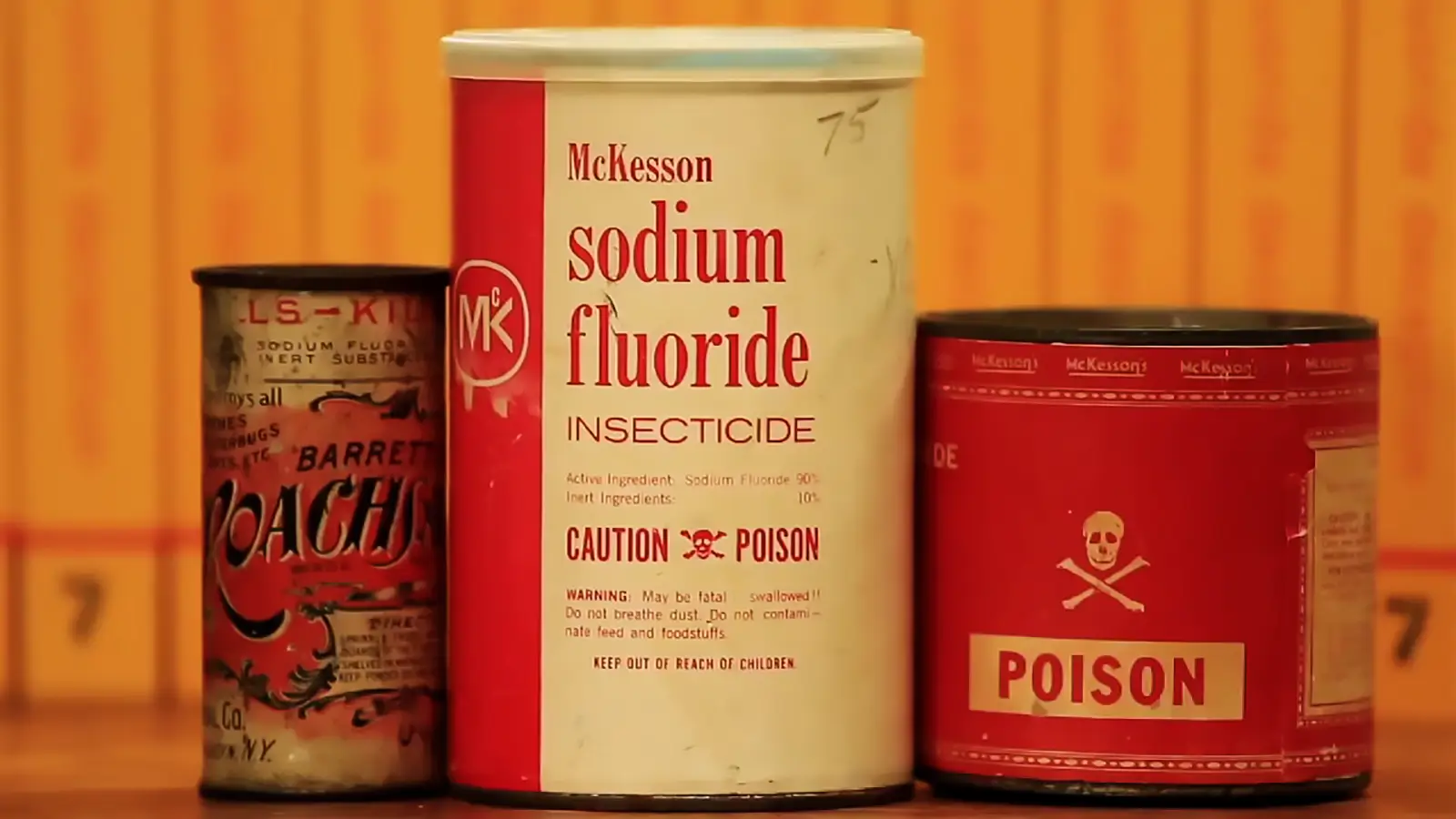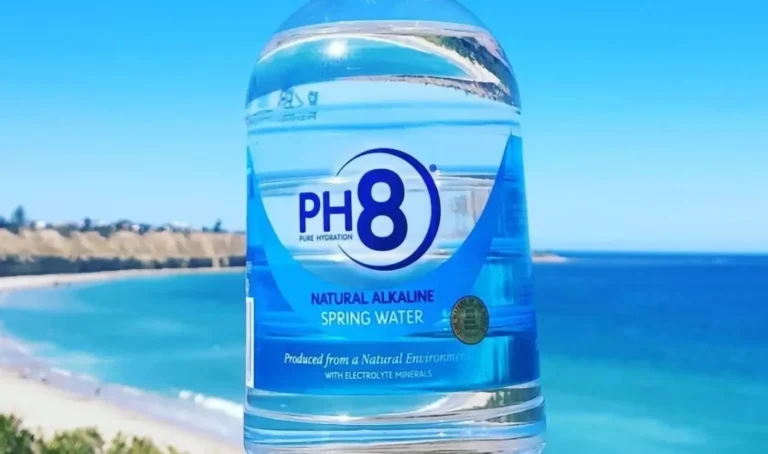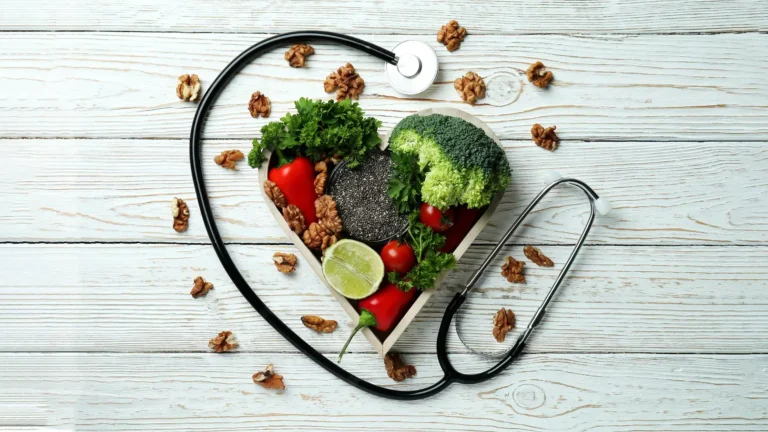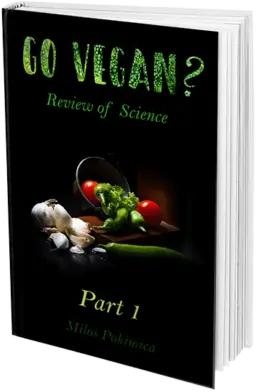Air Pollution Exposure- Health Risks and Prevention Strategies
In India alone, around half a million people die each year due to air pollution. Air pollution resulting in death is just one part of the overall problem.
Milos Pokimica
Written By: Milos Pokimica
Medically Reviewed by: Dr. Xiùying Wáng, M.D.
Updated August 4, 2023After the clean food and the clean water, there are two more things we need to take into account. The clean air and bad habits. When we talk about the quality of the air, there is nothing much that we can do except move to another place. If you live in cities with air pollution like Beijing, then that is probably a good idea.
Air pollution exposure that we know of for the last 30 years of research is connected with respiratory conditions (including asthma and changes in lung function), adverse pregnancy outcomes (such as preterm birth), cardiovascular diseases, adverse effects on children’s brain development, increasing overall inflammation in the body and cancer risk and even death. Sometimes the linking of air pollution with health problems is visible, as in the Bhopal Disaster. In one more notable incident in 1952, in London, polluted air killed around 4000 people. Because of the burning of coal in homes for heating and coal-fired power plants air had become so polluted that it literary suffocated people. It was known as the Great Smog.
In the US living in polluted cities was associated with a 16% increase in total mortality rate, 27% with cardiovascular, and 28% cancer death rate compared to the non-air polluted cities. It worsens asthma and enhances the risk of developing it in the first place, it overburdens and can trigger liver diseases, increases the risk of diabetes, and like any other pollution causes chronic inflammation with damage to DNA and shortens life.
There is no public safety policy for air pollution except banning lead in gasoline and forcing heavy industry and other heavy air pollutants out of populated areas as much as it can be done. Campaigns to go walking and go with the bicycle to work might be romantic, but there are not practical. Some research that was done on air toxicity estimated that even 10 to 20 percent of overall cancer could be caused by air pollution. However, with air pollution, the effects take a long time to surface, and the direct link is hard to prove. World Health Organization in 2013 finally concluded that outdoor air pollution is a proven carcinogen to humans. If you live in places where air pollution is high it might be a good idea to limit the time your jogging and exercising outside, stay as far as you can from heavily trafficked roads, and limit the time that children spend outside. If the air quality is terrible, stay inside with windows closed. Indoor air pollution can be reduced if a building is well-ventilated and cleaned regularly to prevent the buildup of agents like dust and mold. It is a good idea to have high-quality vacuum cleaners and to clean dust and mold regularly.
On top of that if you live in a highly polluted area having an air purifier in the room is also a good idea with a lot of indoor plants. Plants clean air, making them part of what NASA calls nature’s life support system. NASA does a lot of this kind of research for purposes of closed indoor colonies on places like Mars. It has been confirmed that adding potted plants to a room reduces the number of air particulates. Plants absorb air, or in other words plants absorb carbon dioxide and release oxygen, but at the same time, they filter the air and absorb some of the particulates. Also, microorganisms that are present in the potting soil are also accountable for much of the air-cleaning effect. Some plants, in particular, are very good at removing pollutants. A superstar of filtering formaldehyde, for example, is bamboo palm.
They are able to grow as much as 12 feet high, making them exciting (and pet-friendly) indoor additions. Because they can be so big is one of the reasons they are able to filter so much of the air. Air purifiers also remove almost everything from the air like pollen, air-born viruses, dust, odors from cooking and pets, cigarette smoke, and so on.
Home perfuming aerosols are toxic also. Plug-in air fresheners produce significant levels of formaldehyde. Burning incense can create inflammation in our lungs because we will breathe in some of the smoke and that smoke will have tiny chemical particles that are toxic and will become trapped in our lungs causing inflammation. The researchers had, for instance, found that some regular chemicals like sandalwood, agarwood are more toxic than tobacco smoke. In 2013, a study with 2,000 pregnant women, the International Journal of Public Health reported that air fresheners increase the rate of lung infections in babies dramatically. A 2007 study also found that using air fresheners as little as once a week can raise the risk of asthma in adults.
There are more than 100 unknown synthetic chemicals in these fragrances. Glade, for example, keeps the list of chemicals a closely-guarded secret. They do release a master list of nearly 1,500 chemicals that they use in all of their fragranced products because they are required by law, but they do not tell you which chemicals are in which products. When you are breathing in these particles, it is the same as injecting them into the vein. There is no difference if the chemical is going to go into the bloodstream through the lungs or through the needle in the vein. Most of these secret chemicals are not scientifically researched, but some of them are for example volatile organic compounds (VOC) and naphthalene. In studies done on them, both substances caused tissue damage and cancer in the lungs of rats and mice in laboratory studies. Most of the scented candles are made with paraffin and contain VOC. The oil by-product releases ultra-small particles that will contain toxins like benzene, acetone, and toluene. These toxins are carcinogens and are usually seen in diesel emissions. In the study done in the UK that was done on more than 14,000 pregnant women, aerosol sprays were associated with depression in the mothers, headaches, diarrhea, and ear infections in their babies. Air pollution is silent but has as much toxic input as anything else in this toxic world. World Health Organization (WHO), does report on air pollution and mortality. In their estimates, air pollution is one of the world’s leading killers. Around three million people in the world die each year due to air pollution. In India alone, around half a million people die each year due to air pollution while in the United States, around 41,000 people are estimated to die early because of air pollution. The problem with air pollution is that it is a silent killer. It kills quietly and relentlessly, and the cause is hard to pinpoint. However, air pollution resulting in death is only a minor part of the overall problem that air pollution is causing. Deaths are not the only consequence. There are breathing problems, asthma, and bronchitis. Workers who are constantly exposed to dust particles are known to die from silicosis. Silicosis gives years of misery before death.
References:
Passages selected from a book: Pokimica, Milos. Go Vegan? Review of Science Part 2. Kindle ed., Amazon, 2018.
- Shima, Masayuki. Nihon eiseigaku zasshi. Japanese journal of hygiene vol. 72,3 (2017): 159-165. doi:10.1265/jjh.72.159
- Casas, Lidia et al. “The use of household cleaning products during pregnancy and lower respiratory tract infections and wheezing during early life.” International journal of public health vol. 58,5 (2013): 757-64. doi:10.1007/s00038-012-0417-2
- Choi, Hyunok et al. “Common household chemicals and the allergy risks in pre-school age children.” PloS one vol. 5,10 e13423. 18 Oct. 2010, doi:10.1371/journal.pone.0013423
- Steinemann, Anne. “Fragranced Consumer Products and Undisclosed Ingredients.” Environmental Impact Assessment Review, vol. 29, no. 1, Elsevier BV, Jan. 2009, pp. 32–38. https://doi.org/10.1016/j.eiar.2008.05.002.
- Saalberg, Yannick, and Marcus Wolff. “VOC breath biomarkers in lung cancer.” Clinica chimica acta; international journal of clinical chemistry vol. 459 (2016): 5-9. doi:10.1016/j.cca.2016.05.013
- Negro, A et al. “Headache and pregnancy: a systematic review.” The journal of headache and pain vol. 18,1 106. 19 Oct. 2017, doi:10.1186/s10194-017-0816-0
Related Posts
Do you have any questions about nutrition and health?
I would love to hear from you and answer them in my next post. I appreciate your input and opinion and I look forward to hearing from you soon. I also invite you to follow us on Facebook, Instagram, and Pinterest for more diet, nutrition, and health content. You can leave a comment there and connect with other health enthusiasts, share your tips and experiences, and get support and encouragement from our team and community.
I hope that this post was informative and enjoyable for you and that you are prepared to apply the insights you learned. If you found this post helpful, please share it with your friends and family who might also benefit from it. You never know who might need some guidance and support on their health journey.
– You Might Also Like –

Learn About Nutrition
Milos Pokimica is a doctor of natural medicine, clinical nutritionist, medical health and nutrition writer, and nutritional science advisor. Author of the book series Go Vegan? Review of Science, he also operates the natural health website GoVeganWay.com
Medical Disclaimer
GoVeganWay.com brings you reviews of the latest nutrition and health-related research. The information provided represents the personal opinion of the author and is not intended nor implied to be a substitute for professional medical advice, diagnosis, or treatment. The information provided is for informational purposes only and is not intended to serve as a substitute for the consultation, diagnosis, and/or medical treatment of a qualified physician or healthcare provider.NEVER DISREGARD PROFESSIONAL MEDICAL ADVICE OR DELAY SEEKING MEDICAL TREATMENT BECAUSE OF SOMETHING YOU HAVE READ ON OR ACCESSED THROUGH GoVeganWay.com
NEVER APPLY ANY LIFESTYLE CHANGES OR ANY CHANGES AT ALL AS A CONSEQUENCE OF SOMETHING YOU HAVE READ IN GoVeganWay.com BEFORE CONSULTING LICENCED MEDICAL PRACTITIONER.
In the event of a medical emergency, call a doctor or 911 immediately. GoVeganWay.com does not recommend or endorse any specific groups, organizations, tests, physicians, products, procedures, opinions, or other information that may be mentioned inside.
Editor Picks –
Milos Pokimica is a health and nutrition writer and nutritional science advisor. Author of the book series Go Vegan? Review of Science, he also operates the natural health website GoVeganWay.com
Latest Articles –
Top Health News — ScienceDaily
- MIT scientists strip cancer of its sugar shieldon December 23, 2025
Scientists at MIT and Stanford have unveiled a promising new way to help the immune system recognize and attack cancer cells more effectively. Their strategy targets a hidden “off switch” that tumors use to stay invisible to immune defenses—special sugar molecules on the cancer cell surface that suppress immune activity. Early tests show it can supercharge immune responses and outperform current antibody therapies.
- Scientists find a weak spot in deadly fungus that shut down hospital intensive care unitson December 23, 2025
A deadly hospital fungus that resists nearly every antifungal drug may have an unexpected weakness. Researchers discovered that Candida auris activates specific genes during infection to hunt for nutrients it needs to survive. This insight came from a new living-host model that allowed scientists to watch the fungus in action. The findings could eventually lead to new treatments or allow current drugs to be repurposed.
- This ultra-sensitive imaging system can spot cancer earlieron December 23, 2025
A new imaging technology can distinguish cancerous tissue from healthy cells by detecting ultra-weak light signals. It relies on nanoparticles that bind to tumor markers, making cancerous areas easier to identify. The system is far more sensitive than existing tools and could speed up cancer screening. Scientists believe it may help detect tumors earlier and reduce delays in diagnosis.
- Hidden brain maps that make empathy feel physicalon December 23, 2025
When we watch someone move, get injured, or express emotion, our brain doesn’t just see it—it partially feels it. Researchers found eight body-like maps in the visual cortex that organize what we see in the same way the brain organizes touch. These maps help us instantly understand actions, emotions, and intentions in others. The discovery sheds light on human empathy and opens doors for new brain-based therapies and AI systems that better understand the body.
- Are they really listening? Watch their blinkson December 23, 2025
Your eyes may reveal when your brain is working overtime. Researchers found that people blink less when trying to understand speech in noisy environments, especially during the most important moments. The effect stayed the same in bright or dark rooms, showing it’s driven by mental effort, not light. Blinking, it turns out, is a quiet marker of focused listening.
- This cancer-fighting molecule took 50 years to buildon December 22, 2025
MIT scientists have achieved the first-ever lab synthesis of verticillin A, a complex fungal compound discovered in 1970. Its delicate structure stalled chemists for decades, despite differing from related molecules by only two atoms. With the synthesis finally complete, researchers created new variants that showed strong activity against a rare pediatric brain cancer. The breakthrough could unlock an entire class of previously unreachable cancer-fighting molecules.
- A new drug could stop Alzheimer’s before memory loss beginson December 22, 2025
New research suggests Alzheimer’s may start far earlier than previously thought, driven by a hidden toxic protein in the brain. Scientists found that an experimental drug, NU-9, blocks this early damage in mice and reduces inflammation linked to disease progression. The treatment was given before symptoms appeared, targeting the disease at its earliest stage. Researchers say this approach could reshape how Alzheimer’s is prevented and treated.
PubMed, #vegan-diet –
- Comparing diet-related attitudes, perceptions, and behaviors of vegan and omnivorous adults: results from a cross-sectional survey study in Germanyon December 22, 2025
CONCLUSION: The findings are consistent with and build on existing research on cognitive and behavioral patterns related to a vegan diet, while at the same time yielding some additional insights. In particular, the results on significant differences in the risk-benefit perception of a vegan diet, as well as on motivations and influences regarding the decision to follow a vegan diet provide an important basis for the development of public health interventions and a foundation for further […]
- Assessment of vitamin A, vitamin B2, vitamin B12, vitamin K, folate, and choline status following 4 months of multinutrient supplementation in healthy vegans: a randomised,…on December 19, 2025
CONCLUSION: A multinutrient supplement containing 82 µg of vitamin B(12) per day significantly positively affected vitamin B(12) blood biomarkers in healthy vegans.
- Exploring the synergistic potential of pH and ultrasonication on the functional properties of pea and lentil protein isolates and its formulation in food producton December 15, 2025
The substitution of meat proteins with plant-based proteins from various sources is often motivated by nutritional considerations. However, the inherent limited solubility of plant proteins, which results in suboptimal techno-functional properties, remains a persistent challenge in food formulation. The purpose of this study was to utilize unique properties of pea (Pisum sativum L.) and lentil (Lens culinaris) through ultrasonication and pH variation in order to develop a stable and […]
- Healthful and Unhealthful Plant-Based Diets and Their Association with Cardiometabolic Targets in Women Diagnosed with Breast Cancer: A Cross-Sectional Analysis of a Lifestyle Trialon December 11, 2025
CONCLUSIONS: Maintaining cardiometabolic risk factors within normal ranges is clinically relevant in BCS, and this may be more likely when a plant-based diet is consumed, especially if low in unhealthy plant foods.
- Functional and Nutritional Properties of Lion’s Mane Mushrooms in Oat-Based Desserts for Dysphagia and Healthy Ageingon December 11, 2025
Hericium erinaceus (Lion’s Mane mushroom) is a medicinal species recognised for its neuroprotective and antioxidant properties. This study investigated its potential as a functional ingredient in oat milk-based desserts formulated for individuals with dysphagia. Freeze-dried Lion’s Mane powder (LMP), containing high-quality protein (~16%, amino acid score 88%), dietary fibre (~31%), and phenolic compounds (72.15 mg GAE/g), was incorporated at varying levels using gelatin or iota-carrageenan […]
Random Posts –
Featured Posts –
Latest from PubMed, #plant-based diet –
- Associations Between Healthy and Plant-Based Dietary Patterns and Cognitive Reserve: A Cross-Sectional Analysis of the 1946 British Birth Cohortby Kelly C Cara on December 23, 2025
CONCLUSIONS: CR was positively associated with healthy dietary patterns and inversely associated with unhealthful plant-based dietary patterns. Diet uniquely explained variations in CR and should be considered among influential lifestyle factors in future research. Longitudinal analyses are needed to confirm these findings.
- Patient-Reported Observance of a Mediterranean Diet and Physical Activity in Patients Living with Breast Cancer: Implications for Primary Care Providersby Lydia Hesseltine on December 23, 2025
CONCLUSION: The majority of patients living with breast cancer did not meet the minimal national recommendations. These findings underscore the need for further research to develop strategies to optimize nutrition and physical activity within oncology and primary care settings.
- Dietary Hydrilla verticillata extract enhances growth and immune defense against Aeromonas hydrophila in Labeo rohitaby Faiza Khanam on December 23, 2025
This study investigated the effects of dietary Hydrilla verticillata extract (HVE) on growth performance, physiological responses, and disease resistance in Labeo rohita fingerlings subjected to Aeromonas hydrophila challenge. Following acclimatization, the fish were divided into 15 tanks at random (30 fish per tank) and given five different diets that contained 0, 75, 150, 300, or 600 mg/kg HVE for 60 days. Growth was significantly (P
- Dietary quercetagetin attenuates H2O2-induced oxidative damage and preserves meat quality in broilers by modulating redox status and Nrf2/ferroptosis signaling pathwayby Wenyue Hu on December 22, 2025
In modern poultry production, oxidative stress has emerged as a pivotal factor compromising the health status and overall performance of broiler. The aim of this study was to investigate the effects of dietary quercetagetin (QG) supplementation on hydrogen peroxide (H(2)O(2))-induced oxidative damage in breast muscle of broilers, focusing on growth performance, meat quality, and antioxidant function, and elucidating the underlying mechanisms. Two hundred and forty one-day-old Cobb broilers […]
- Effects of dietary selenium supplementation on physiological parameters, tissue fatty acid composition, and fatty acid-metabolism relative gene expression of grouper (Epinephelus coioides) fed high…by Yen-Chun Lee on December 22, 2025
The present study evaluated the effects of dietary selenium (Se) supplementation on growth performance, physiological responses, tissue fatty acid profiles, and the expression of genes related to fatty acid metabolism in juvenile grouper (Epinephelus coioides). A control diet based on soy protein concentrate, replacing 40% of the fish meal protein, was supplemented with graded levels of Se at 0, 0.3, 0.6, and 1.0 mg Se kg^(-1). A fish meal-based reference diet was also included for […]
- Unravelling the interaction between feeding regimens and milking time in Parmigiano Reggiano PDO milk: an integrated metabolomics and ion mobility lipidomics approachby Pier Paolo Becchi on December 22, 2025
In this study, an integrated approach based on UHPLC-HRMS metabolomics and IM-HRMS lipidomics has been carried out to unravel the interaction between feeding and milking time in the overall chemical profile of Parmigiano Reggiano (PR) milk. Specifically, ANOVA multiblock OPLS (AMOPLS) modelling revealed the complementarity of the assays in combining the effect of these two critical parameters. In particular, metabolomics highlighted the presence of plant-derived compounds (mainly terpenoids […]


